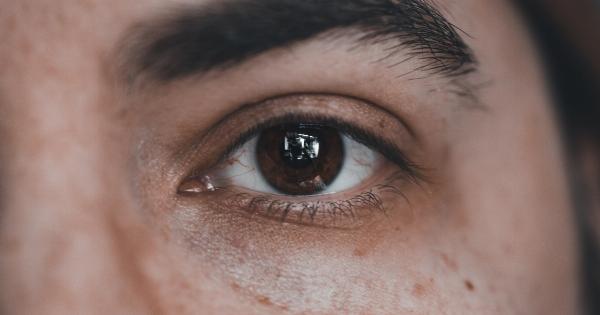Dyslexia is a learning disorder that affects millions of people worldwide. It is a condition in which an individual faces difficulty in reading, spelling, and writing, despite having normal intelligence and education.
While the cause of dyslexia is unclear, researchers have proven that there is a strong correlation between eye movement and dyslexia.
What is Dyslexia?
Before discussing the correlation between eye movement and dyslexia, let’s define dyslexia. Dyslexia is a neurological condition that affects an individual’s ability to read.
It is commonly characterized by issues with phonological processing and rapid naming, which makes learning and remembering words difficult. Dyslexia can lead to difficulties in reading fluency, spelling, writing, and pronouncing words. Those with dyslexia may experience difficulties with academic skills and may need educational support to maintain on-par with their peers.
The Effects of Dyslexia on Eye Movement
Eyelink technology has allowed researchers to track the eye movements of those with dyslexia. These studies have shown that individuals with dyslexia have different eye movements than those without the disorder.
Specifically, those with dyslexia have more irregular eye movements when reading. Research has confirmed that these irregular eye movements are due to an ineffective system of adjusting the eyes to shift focus when reading words on a page.
These irregularities result in issues with eye tracking, which impacts reading comprehension and fluency. If the person’s eyes have trouble tracking words and moving correctly across a page, they may skip lines or words, make reading errors, and have a hard time keeping focus.
How Eye Movement is Linked to Dyslexia
The eyes play a significant role in reading and understanding written text.
The brain’s ability to perceive words is closely related to the eye’s function, and the way in which the eyes move across a page determines how efficiently they communicate to the brain. When an individual reads, their eyes make jerky and fast movements, called saccades, to bring text into focus.
Researchers have found that, in individuals with dyslexia, these saccades are less accurate and more erratic than for those without the disorder. This inconsistency of eye movement causes the brain to struggle to process the information correctly, which leads to reading difficulties.
Assessing Eye Movement for Dyslexia Diagnosis
Researchers suggest that eye movement can be used in the assessment of dyslexia. Eye movement assessments are conducted to identify the existence of eye tracking problems, which can be an indication of dyslexia.
By making use of diagnostic eye-tracking equipment, doctors can assess how a patient’s eyes move while reading. The technology can tell practitioners how the individual’s eyes behave around the written text and identify any irregular movements that might indicate dyslexia.
The Potential Benefits of Eye Movement Therapy for Those with Dyslexia
Dyslexia is a lifelong condition, but therapy is an excellent way to manage the condition’s symptoms. The use of eye movement therapy has demonstrated some value in dyslexia treatment.
In this technique, patients learn exercises aimed at improving their eye tracking abilities to those of a typical reader. The goal of this therapy is to provide more stable and consistent eye movements during reading.
Over time, by improving the individual’s eye-tracking abilities, their reading fluency and posture will improve, and they will be less likely to suffer from reading fatigue.
The Future of Dyslexia Treatment and Eye Movement
Several areas of research indicate that treatments that target eye movement can assist dyslexia patients significantly.
Advances in diagnostic tools and therapeutic interventions allow us to quickly identify dyslexic patients, and provide the necessary accommodations and support. Additionally, researchers are performing studies to better understand the underlying neurological causes of dyslexia, which can lead to improvements of dyslexia treatment in the future.
Conclusion
In conclusion, there is a clear correlation between eye movement and dyslexia. Individuals with dyslexia experience more irregular and less accurate eye movements, leading to reading comprehension and fluency difficulty.
However, with technological advances and innovative therapies, we can successfully identify and treat dyslexia patients. All individuals with dyslexia have unique challenges, but specialist evaluations and individualized management provide expectations of better educational achievement for patients with dyslexia.
With the right support and management, individuals with dyslexia can reach their full potential and realize their dreams.






























